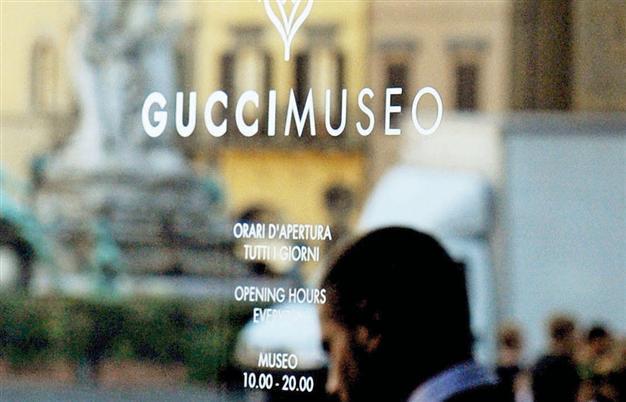Exhibition reveals early works of Sherman
FLORENCE - Agence France-Presse

The temporary exhibit “Cindy Sherman: Early Works”, which runs until June 9, is the latest loan from the vast collection of Francois Pinault, luxury goods tycoon
The new Gucci Museum in Florence opened its latest show this month -- a selection of US artist Cindy Sherman’s early works -- in a setting where mediaeval architecture meets fashion history.
“For visitors to Florence, it’s nice to react with something that is contemporary and alive,” said Francesca Amfitheatrof, curator at the Gucci Museum and a celebrated London-based jewelry designer in her own right.
The temporary exhibit “Cindy Sherman: Early Works”, which runs until June 9, is the latest loan from the vast collection of Francois Pinault, the French luxury goods tycoon whose holding company PPR took over Gucci in 2004.
Pinault’s contribution to the contemporary art scene in Italy in recent years has included the Palazzo Grassi and Punta della Dogana museums in Venice.
“Murder Mystery People” (1976) featuring Sherman in a variety of costumes greets visitors in a former chapel that also once served as a Gucci fitting room, which overlooks the city’s breathtaking Piazza della Signoria.
The exhibit continues in a room decorated with a mediaeval fresco of the Virgin Mary, which contains the series “Bus Riders” (1976) with Sherman posing as different bus passengers in Buffalo, New York where the she studied art.
“These works show her fascination with dressing up, identity and gender,” Amfitheatrof said. A close-up of the artist’s hand in the short film “Doll Clothes” (1975) represents “a society that puts women back in their boxes.”
Previous exhibitors at the Florentine museum have included US video artist Bill Viola and edgy British sculptor Paul Fryer whose representation of a dead Jesus Christ on an electric chair in “Pieta” caused something of a stir.
Mix of art and businessThe mix of art and business is particularly fitting for a museum housed in Palazzo della Mercanzia, where Florence’s trade guilds met to commission famous artists to decorate the city, including Michelangelo and his David statue. “The history of turmoil, passion and creativity in this place is amazing,” said Amfitheatrof, in charge since the museum opened.
